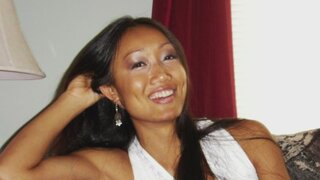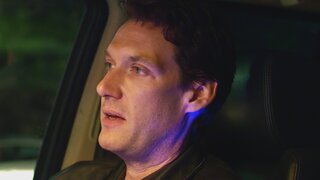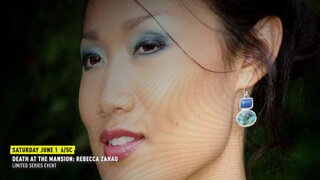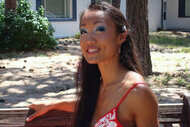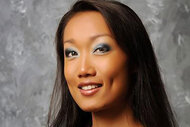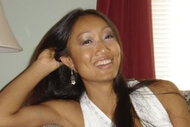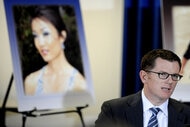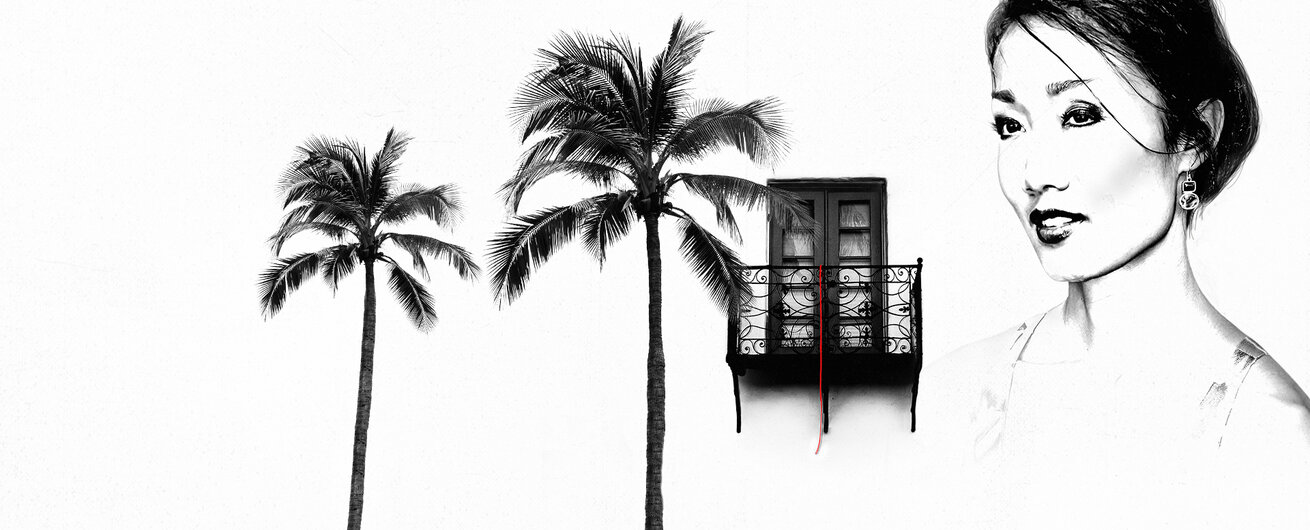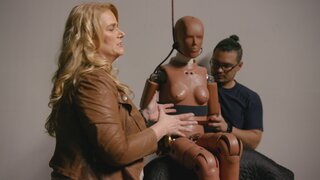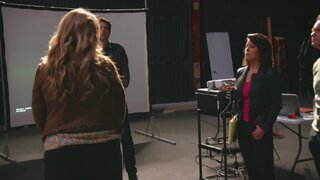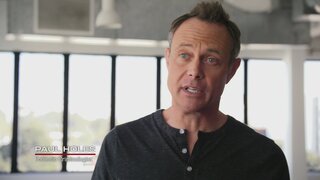Why Attorney Keith Greer’s Theories On Rebecca Zahau’s Death Have Changed
Since 2013, the attorney for Rebecca Zahau’s family, Keith Greer, has vigorously pursued a multimillion dollar wrongful death case against her suspected killer. But Greer didn’t always pin the death on Adam Shacknai.
Rebecca Zahau’s naked body was found bound outside of her millionaire boyfriend’s mansion in the exclusive San Diego suburb of Coronado in 2011.
Authorities said the 32-year-old committed suicide by hanging herself, despite evidence that, to some, suggested homicide: Zahau was naked, gagged with a T-shirt, her wrists and ankles bound with red polypropylene rope. Investigators also discovered a cryptic message scrawled in black paint on the bedroom door near the balcony: “She saved him can you save her.”
Officials have never backtracked on their determination of suicide, and Adam Shacknai, who was accused by Zahau’s family of causing the death, has maintained his innocence.
Zahau, an ophthalmic technician from Myanmar, was dating pharmaceutical billionaire Jonah Shacknai, who had three children from previous marriages. Zahau forged a particularly close bond with Shacknai’s 6-year-old son Max, according to Zahau’s older sister, Mary Zahau-Loehner. But in July 2011, days before Rebecca’s death, Max fell from the second-story landing of the Spreckels Mansion, where Zahau and Shacknai were staying, while Zahau was taking care of him, according to ABC.
Max Shacknai sustained severe head trauma, and was hospitalized and placed into a medically-induced coma, according to Newsweek. Shacknai’s brother, Adam, found Zahau’s lifeless body two days later — and three days after that, Max succumbed to his injuries.
Police dismissed Max’s death as a freak accident, and no criminal charges were ever brought for either incident.
Zahau’s family has never accepted that the hanging was anything other than murder. In 2013, they hired attorney Keith Greer, in hope of re-evaluating Zahau’s official cause of death — and proving that she was murdered.
Since 2017, Greer has alleged that Adam Shacknai killed Zahau. He was staying in the mansion’s guest house at the time of her death, but Greer believes that the millionaire’s brother attempted to sexually assault Zahau, “bashed” her head, and then staged the hanging as a suicide.
“Adam's the one who initially confronted her,” Greer told Oxygen during the docu-series “Rebecca Zahau: Death At The Mansion." “She ran. He banged her on the back of the head. She screamed.”
The Zahau family brought a wrongful death civil suit against Adam Shacknai and a jury — in a 9 to 3 split decision — found him liable for Zahau’s death, ordering him to pay more than $5 million to the family. Adam Shacknai filed an appeal however, and in February, his insurance company reached a $600,000 settlement with the Zahaus while the case was still in appeal, according to NBC.
But Adam, a Tennessee tugboat captain who first discovered Zahau’s body, has consistently denied killing his brother’s girlfriend.
"I was in no way involved with Rebecca's death, which was part of a tragic sequence of events, that also involved the loss of my six-year nephew Max,” he said in a public statement last year.
Adam Shacknai’s brother, Jonah, who was dating Zahau at the time, has also defended him.
“Adam is a very nice guy,” Jonah told ABC last year. “He wakes up and his life is changed forever just because of where he was: the wrong place at the wrong time.”
But Shacknai wasn’t always the only one in the Zahau family’s attorney’s crosshairs. Six years ago, as his investigation was just gearing up, Greer focused on another potential suspect: Jonah Shacknai’s ex-wife — and Max’s mother — Dina Shacknai. Dina reportedly had an already turbulent relationship with her ex-husband’s new lover, Zahau, according to Loni Coombs, a former prosecutor who has been re-investigating the case.
Greer said that an eyewitness initially placed Dina at the Coronado mansion shortly before Zahau is believed to have died — and around the time that other witnesses reported hearing a woman screaming for help. Conversely, Dina claimed she had been with her hospitalized son at the time.
“We had an eyewitness putting Dina there at 10:30, 10:40, right when things were starting,” Greer told Oxygen.
So why did Greer change his mind about Dina?
“Once the surveillance footage from Rady [Children's] Hospital became available ... it showed that Dina was not there,” Greer said. “Clearly, Dina was not at the [crime scene].”
Closed circuit television footage, obtained by Greer from police, corroborated Dina Shacknai’s alibi.
After determining that Dina’s alibi was solid, Greer held a press conference in April 2017 publicly apologizing to the Shacknai family for wrongly implicating Dina in Zahau’s death.
“The family never wanted to accuse somebody who wasn't guilty,” he said. “I felt badly for them going through that. I didn't feel like I've done anything wrong, because I just — it was just the evidence.”
The California lawyer told Oxygen that the Shacknais accepted his apology — and that they now have an active and good-humored relationship.
“I talk to Dina fairly frequently now,” Greer said. “We even make jokes about it, you know, ‘I haven't called you a murderer in a long time.’”
In December, the San Diego Sheriff’s Office reaffirmed their conclusion that Zahau committed suicide.

